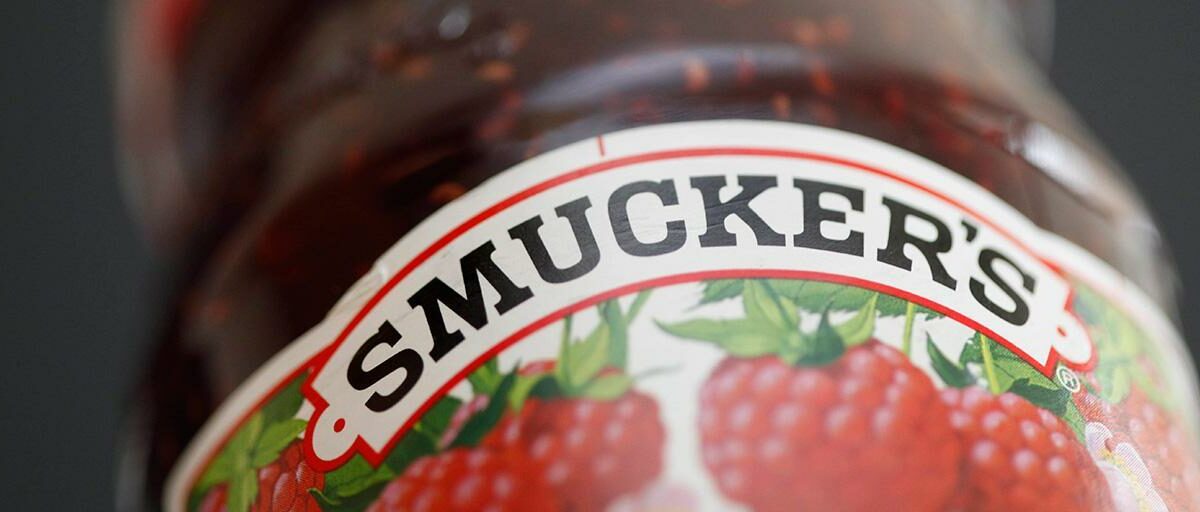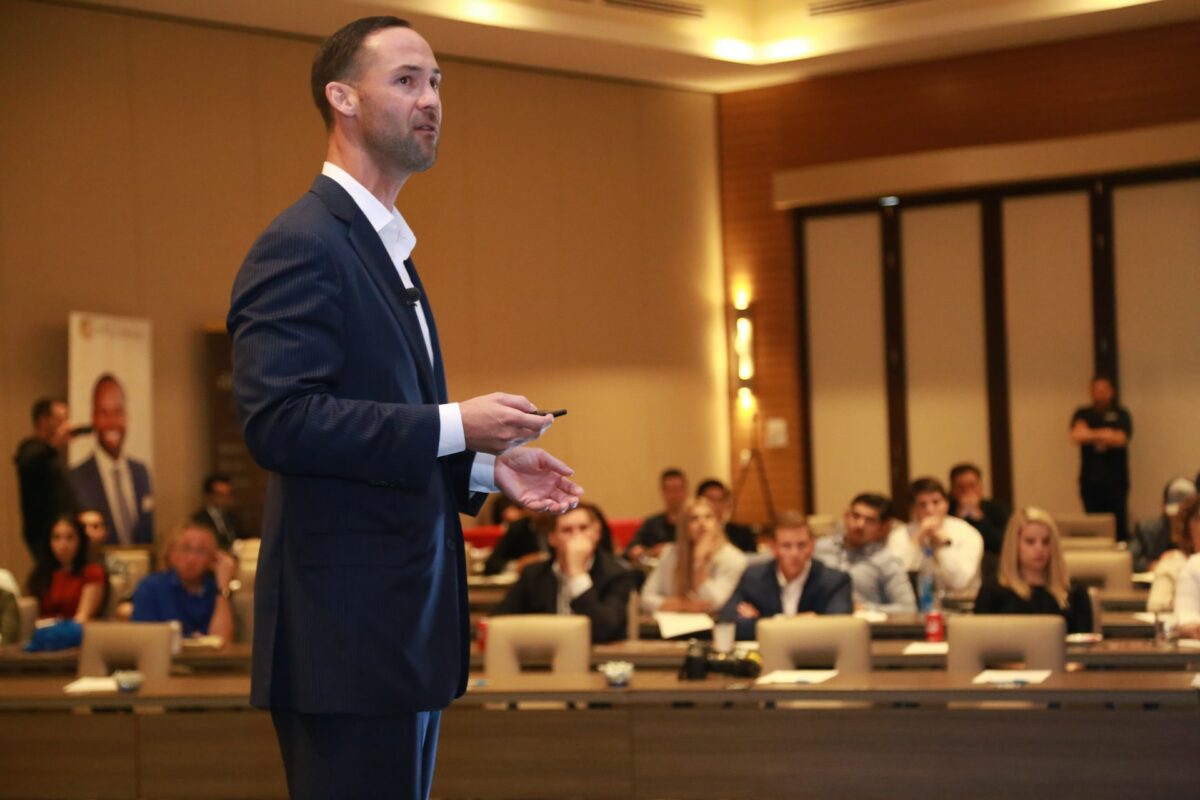In sports the sweet spot is that one special place on a baseball bat, golf club or tennis racket that drives the ball farther or faster with less effort than when it is hit any where else. In the marketing world there are campaign sweet spots too. And when your campaign idea strikes resonant emotional chords with your target consumer’s internal sweet spot then outsized profit and market share gains occur.
So how do you improve your chances of finding consumer sweet spots for your brand? Here are three ways.
1. Remember what it’s like to be a consumer. Everything you purchase is for personal reasons. Sometimes the reasons are simple and logical sometimes they are complex and more emotional. You don’t ever buy anything that doesn’t fill some kind of human need. Neither does anyone else.
Very few things that are truly revealing about people have anything to do with demographics or statistics. Most statistical techniques for describing consumers are so oversimplified and shallow that your chances of finding motivational insights are very slight. Statistics by themselves simply don’t encompass the whole picture.
When the Marlborough Man was first introduced in an ad campaign the traditional research used that tested the concept came back negative. This research advised brand management to ditch the cowboy because most Americans are not cowboys therefore they can’t relate to cowboys as an everyday part of their lives. Traditional research had the facts on consumer life but it had failed to uncover people’s fantasies and feelings. The brand manager felt the research was wrong and ran the advertising anyway. The Marlborough campaign ended up hitting a sweet spot with consumers. To many the cowboy represents that part in each of us that yearns for freedom, independence & open spaces and for a horizon to live out our dreams.
This story is an important one because it shows that the sweet spot isn’t always visible to the naked eye or detectable by conventional research tools. Sometimes the most powerful insights can be well hidden from conventional research techniques.
No matter what your job is in marketing, advertising, or product design, a true insight into your consumers will help you do your job better. Great marketing is more than merely telling people about a great new product, it means presenting your offering in a way that is relevant and resonant.
2. Remember that people look at what interests them – sometimes it’s an ad.
How would you define breakthrough advertising? There’s a problem with the noise level of advertising today. There’s a lot of clutter. The average person is exposed to thousands of marketing messages a day. Consequently, ad people worry about their ads breaking through the clutter and getting noticed. It’s an error however to assume that getting someone’s attention is under your control. Just because ads are made faster, brighter, louder, more outrageous, more intrusive doesn’t mean it will make people pay attention. Usually the reverse is true. People make an effort to tune out to aggressive and intrusive advertising. They don’t like to be communicated to this way.
The style of an advertisement has little to do with what breaking through really means.
When the consumer sees something relevant or personally meaningful in an ad – and when they also feel some kind of emotional resonance – then you’ve really broken through in your communications. Smart agencies and brand consultants look for personal truths as they approach each assignment. Breakthrough can happen as a result of discovering and speaking to personal truths that no one else is speaking to. Because advertising is receiver driven what’s most important about it is how it plays inside the consumer. You don’t persuade people. They persuade themselves. Great ads present stories in such a way that the viewer “finds themselves in the story.”
To increase your chances of understanding personal truths, put yourself in your customer’s shoes. It’s obvious that we need to really understand the person we are trying to persuade – but how often do we really act on that? Attempts at persuasion fail because we don’t know our customers as well as we should and consequently we can’t connect our goals with theirs.
“I often went fishing during the summer. Personally I am very fond of strawberries & cream, but I have found that for some strange reason fish prefer worms” – Dale Carnegie
When you go fishing therefore think about what the fish want. Although sometimes this is harder than it seems. At times we all have a tendency to distance ourselves from people unlike ourselves. We maintain that distance both physically and psychologically. Contact makes us uncomfortable. And instead of overcoming this gulf by really getting to know people, we fall back upon stereotypes and oversimplifications of what they are like. But, any gulf can be bridged if you first recognize that it exists and make an effort to study the nature of the gap so you can overcome it.
3. Remember that to better understand your consumer’s start by getting a better understanding of yourself.
This is because to be good at observing and interpreting someone else’s behavior, motivations and feelings – you must first be able to honestly observe your own. To the extent that you can pay attention to the nuances in your own behavior and feelings you’ll be able to read it in others.
To gain practice in self-observation – pick up a new product and use it. Pay attention to every second of what you are doing, how you’re feeling and what you’re thinking about as you use it. Notice as much detail as you possibly can. It takes a lot of practice in reading yourself in this way to get really good at reading other people.
Remember that insightful marketing requires as much sensitive observation as it does science and statistics. Insights are seldom arrived at in a linear, objective fashion. As in the Marlborough Man example discovery of a sweet spot can often come from a shrewd guess, a fertile hypothesis or a courageous leap to a tentative conclusion. Additional insights for reading consumers can be found inside Soulful Branding by Jerome Conlon, Moses Ma and Langdon Morris.
At The Blake Project we are helping clients from around the world, in all stages of development, redefine and articulate what makes them competitive at critical moments of change. Please email us for more.
Branding Strategy Insider is a service of The Blake Project: A strategic brand consultancy specializing in Brand Research, Brand Strategy, Brand Growth and Brand Education




